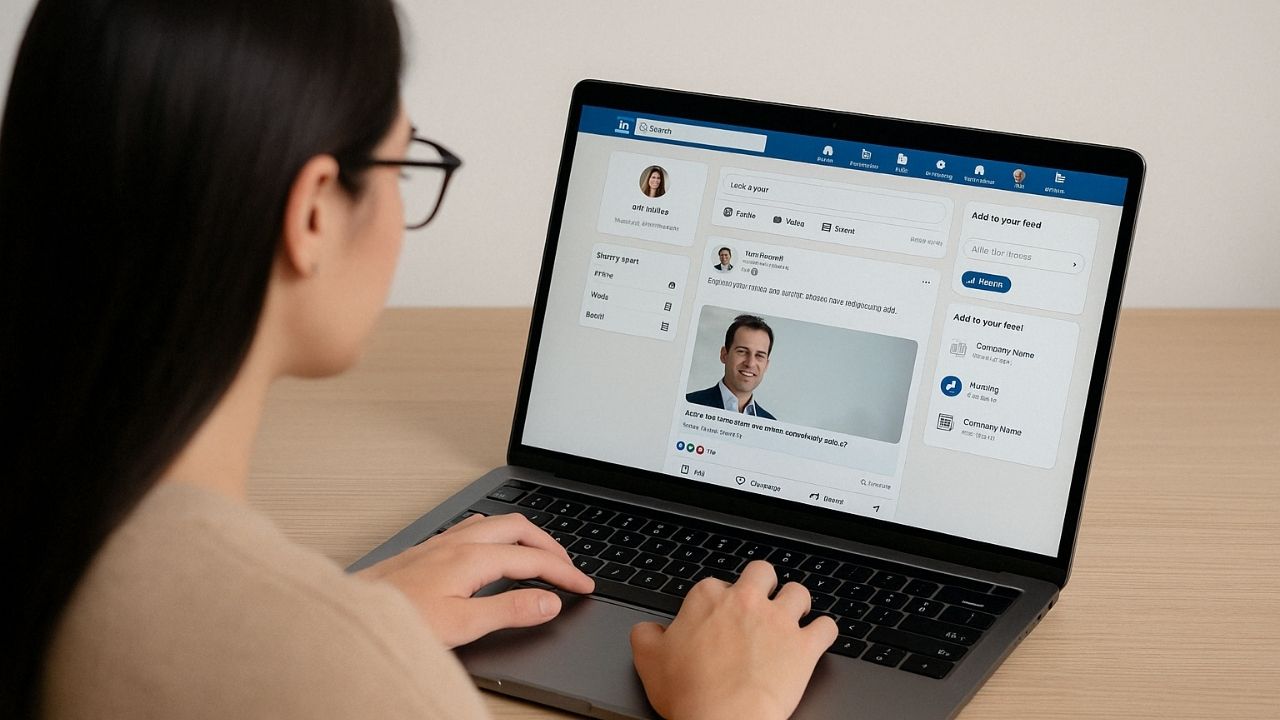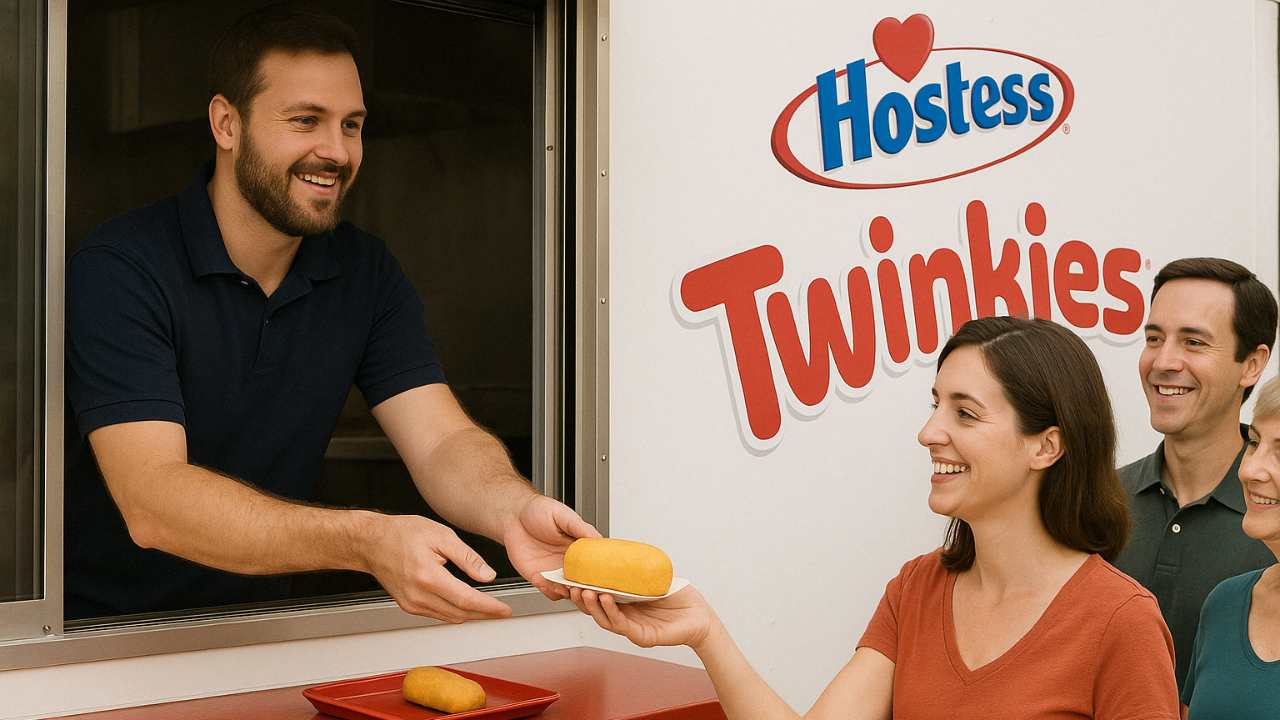Why do some companies consistently outperform others? One key factor often lies in how they recognize and reward their employees. Effective employee recognition not only boosts morale but also enhances productivity and retention. Companies that prioritize these programs understand their value in fostering a motivated workforce. This post will delve into various strategies for creating impactful employee recognition reward programs, ensuring your team feels valued and driven.
Let’s talk about it.
Define Objectives
To start building a recognition program, first clarify your objectives. Ask what specific outcomes you want the program to achieve. Common goals include enhancing employee engagement, encouraging a high-performance culture, or reducing turnover rates. Clearly defined objectives guide the design of the recognition program, ensuring it aligns with your company’s strategic goals. By establishing these aims early, you create a framework that shapes every decision in the program’s development. This initial step is crucial as it directly influences how effective the recognition program will be in motivating employees and achieving desired business outcomes.
A well-constructed employee recognition program pays dividends in engagement, loyalty and productivity.
— BI WORLDWIDE (@biworldwide) February 15, 2024
How are you recognizing your employees?https://t.co/mQqD5DYSj9 pic.twitter.com/mKuIKWRhSV
Set Clear Criteria
Setting clear criteria is essential for a fair and effective recognition program. Specify which actions or performances merit recognition. These criteria should align with your company’s values and the objectives you previously set. Clear guidelines ensure all employees understand what behaviors are rewarded, promoting transparency. This transparency builds trust in the program, as employees see a direct link between their efforts and the rewards. It also helps managers enforce the criteria consistently, avoiding biases and favoritism. By establishing and communicating these criteria, you foster a culture of excellence where employees know how to contribute positively and what standards they are expected to meet.
Set clear departmental goals
— NJSBDC State Office (@NJSBDC) February 15, 2023
Promote diversity and inclusivity
Prioritize respect
Create an employee recognition program pic.twitter.com/h5d8KaxdZq
Determine Reward Types
Deciding on the types of rewards is a pivotal step in crafting your recognition program. You can choose from monetary rewards like bonuses or gift cards, or non-monetary rewards such as extra vacation days or public acknowledgment. Consider what motivates your employees by perhaps conducting surveys to gather their preferences. The right mix of rewards can enhance the appeal of the recognition program and ensure it meets diverse employee needs. Monetary rewards might drive short-term goals, while non-monetary rewards can build long-term loyalty and satisfaction. Tailoring the rewards to fit your workforce not only maximizes their impact but also demonstrates your commitment to addressing individual preferences and needs.
Our custodial & security teams have an employee recognition program that awards points for attendance and exceptional service. The top prize is an extra day off & lunch on me. Officer Branch chose Daruma Steakhouse. A great @GoodwillCols associate! #PowerofWork pic.twitter.com/9etqtSI1zt
— Ryan D Burgess (@RyanDBurgess1) January 25, 2023
Design the Program Structure
Designing the program structure involves outlining how the recognition program operates. Decide how often you’ll distribute rewards, whether monthly or annually, and establish who is eligible. You must also set up a fair nomination and selection process. This could involve peer nominations, managerial input, or a combination of both. The structure should support the program’s objectives and fit within the organizational culture. It should also be scalable and flexible to accommodate changes in the company size or strategy. A well-planned structure ensures the program runs smoothly, with clear pathways for nominations and awards that employees can easily follow, thereby enhancing participation and the overall effectiveness of the program.
Happy #FeelGoodFriday from the CarolinaEast crew! Spring is in full bloom this week, so why not celebrate with tropical treats? CarolinaEast staff enjoyed bowls of fresh fruit while learning about our new internal employee recognition program. We love to celebrate our teammates! pic.twitter.com/maehqRkgp2
— CarolinaEast (@CarolinaEast1) April 19, 2024
Allocate a Budget
Allocating a budget for your recognition program is crucial for its sustainability. Determine the total annual expenditure, considering both direct costs like the rewards themselves and indirect costs such as events or administrative support. A dedicated budget reflects the program’s importance to the organization and ensures that it does not become a financial burden. It also helps in planning the scale and scope of the rewards. By securing funds and managing them wisely, you ensure the program can continue without interruption and maintain its integrity and appeal. Proper budgeting also allows for future growth of the program, enabling adjustments as the company evolves and as employee needs change over time.
The County of Renfrew recently initiated an Employee Recognition Program as a way to promote a workplace culture that strives to recognize and appreciate the commitment, dedication and contributions of all employees at the County of Renfrew. pic.twitter.com/JS9aOoY26l
— County of Renfrew (@RenfrewCounty) January 30, 2024
Communicate the Program
Effective communication is key to the success of any recognition program. Launch the program with detailed announcements that explain the benefits, criteria, and participation process. Use multiple communication channels such as emails, company meetings, and intranet posts to reach everyone. Clear communication ensures employees fully understand the program and how they can benefit from it. It also helps to generate excitement and buy-in, increasing the likelihood of active participation. Additionally, ongoing communication about the program’s successes and recognized employees can sustain interest and motivation across the organization. This step is critical in embedding the recognition program into the company culture and in making it a pivotal part of the employee experience.
Centro’s employee recognition program promotes a positive work environment by recognizing teamwork, communication and an appreciation for diverse abilities across all employee categories. Congratulations to our 2024 Q1 winners! #GoCentroBus #RPM #employeerecognition pic.twitter.com/qGLgGbjYue
— Centro (@GoCentroBus) April 25, 2024
Implement the Program
Implementing the recognition program involves putting all the planned elements into action. This step includes setting up the infrastructure for nominations, selections, and the distribution of rewards. Ensure that the process is user-friendly and accessible to all employees to encourage participation. Training for managers and staff on how to use the program effectively is also crucial. They need to understand how to nominate, evaluate, and award recognitions in a way that is consistent with the established criteria. Successful implementation requires attention to detail and ongoing management to keep the program running smoothly. As the program rolls out, monitor its uptake and initial feedback, which are important for making any necessary immediate adjustments.
At GTE Financial, we appreciate the work our employees do every day to support our members. That’s why we have an employee recognition program to ensure that no acts of brilliance 💡 go unnoticed. Join our talented team today! https://t.co/GzbszGZCDg #CreditUnion #TampaBay
— GTE Financial (@GTEFinancial) May 1, 2024
Monitor and Evaluate
Once your recognition program is in place, continuously monitor and evaluate its effectiveness. Use tools such as employee surveys, feedback forms, and performance metrics to assess how well the program meets its objectives. Analyzing this data helps identify strengths and areas for improvement. Monitoring should be a regular activity that informs the ongoing development of the program. Evaluation allows you to see the impact of the recognition efforts on employee morale, retention, and performance. This insight is invaluable for justifying the continuation and expansion of the program. It also supports making informed adjustments to ensure that the program remains relevant, effective, and aligned with employee needs and business goals.
🏆 When larger businesses double their employee recognition efforts, they experience a 9% increase in #productivity and a 22% decrease in absenteeism. Here's how HR can create an effective Employee Recognition Program for your company ➡️ https://t.co/DuVTUdbEee#HR #Performance pic.twitter.com/N36FbbJxWQ
— AIHR | Academy to Innovate HR (@AIHR_Academy) August 15, 2023
Iterate and Improve
The final step in creating a recognition program is to iterate and improve based on the feedback and data collected. Regular updates and adjustments ensure the program remains dynamic and responsive to changes in the workplace and workforce demographics. Continuous improvement involves revising the recognition criteria, rewards, and processes to better suit evolving employee expectations and organizational goals. Engage with employees to get their input on what works and what doesn’t. This collaborative approach not only enhances the program but also boosts employee buy-in and satisfaction. By maintaining a flexible attitude towards your recognition program, you ensure it continues to motivate and inspire your employees, thereby sustaining its relevance and effectiveness over time.
.@AmericanAir Facility Maintenance Supervisor Ariel Morales recently received an Unsung Heroes award from #PHLAirport's Employee Recognition Program. “I want to make life easier for passengers and employees.” Read more about this 19-year PHL veteran: https://t.co/NvfF44W8Dg pic.twitter.com/z6ibKF1Zs8
— PHLAirport (@PHLAirport) April 23, 2024
Final thoughts,
Implementing a well-crafted employee recognition program can transform your workplace culture. Follow the steps outlined; You can easily create an environment where employees feel valued and motivated. Regular evaluation and adaptation keep the program effective and relevant. Start building your recognition program today to boost morale, increase productivity, and cultivate a supportive and engaged workforce that drives your company’s success.
Additional Resources:











